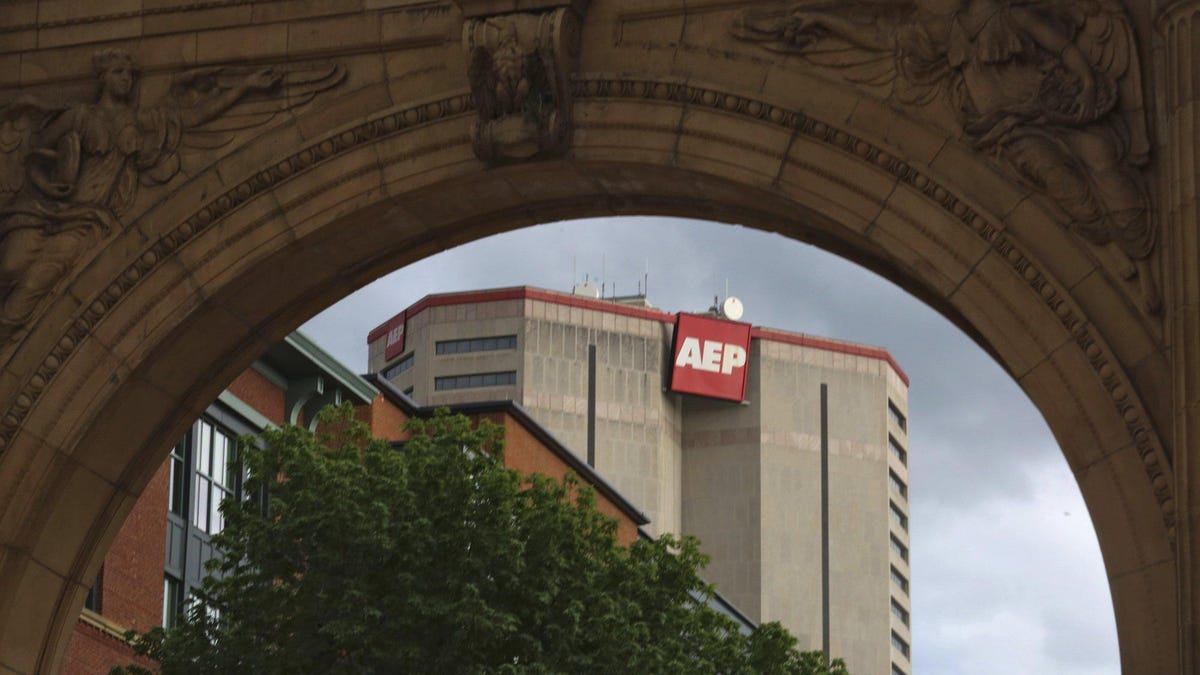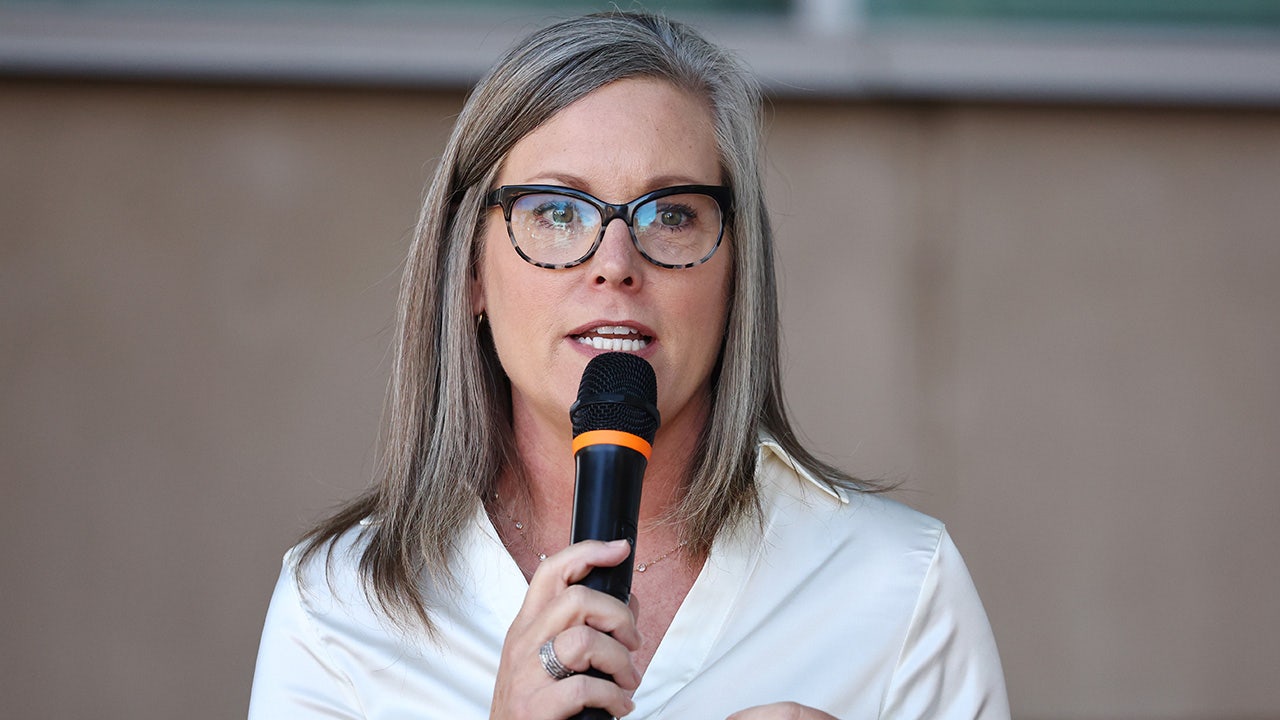Michael de Quesada claimed his second consecutive Motul Pole Award in the Grand Sport (GS) class of the IMSA Michelin Pilot Challenge with a new track record Saturday at Mid-Ohio Sports Car Course.
De Quesada lapped the technical road course in 1m26.262s (94.233mph) in the No. 69 Motorsports In Action McLaren Artura GT4, in qualifying for Sunday’s O’Reilly Auto Parts Four Hours of Mid-Ohio. That follows his pole-winning effort for last month’s event at WeatherTech Raceway Laguna, a race he and co-driver Jesse Lazare went on to win. Lazare also won the pole at Sebring International Raceway in March, giving the No. 69 McLaren three straight for the season.
De Quesada expressed surprise that the Mid-Ohio pole lap was not even quicker, considering the entire 2.258-mile circuit was repaved in November.
“For some reason, the track is really slick this weekend,” he noted.
Paul Holton (No. 46 Team TGM Aston Martin Vantage GT4) was the first driver to break Nate Stacy’s 2020 GS track record by notching a 1m26.613s (93.851mph) effort at the halfway point of the 15-minute qualifying session. De Quesada lowered the benchmark to 1m26.480s with six minutes remaining.
Jared Thomas briefly took the No. 3 JTR Motorsports Engineering Porsche 718 GT4 RS Clubsport to the top of the charts, posting a 1m26.469s lap with a little over 90 seconds to go. But barely five seconds later, de Quesada undercut that with the pole-winning lap. Thomas secured the outside front row starting spot in the No. 3 Porsche he shares with Nick Shaeffer.
De Quesada’s pole lap was less than a second better than the quickest lap in the Touring Car (TCR) class. The classes will be split for the start of Sunday’s four-hour race but could quickly intermingle.
“I noticed in practice that the TCR cars are quick around this track,” de Quesada said. “It’s definitely going to make for tough racing, in my opinion. They’re very closely matched with us on the straights and through the corners, so I think the start and working through back markers is going to be a bit complicated. It’s good to see, and hopefully we can get through tomorrow with a clean race and good racing.
“Every race weekend presents its own challenge, and we just have to conquer them,” he added. “I just hope that we take home good points every weekend to slowly chip away and end on top of the championship at the end of the year.”
Wittmer obliterates TCR track record to extend Honda pole streak
The Mid-Ohio track repave proved beneficial to drivers qualifying in the Touring Car (TCR) class, as no fewer than a dozen eclipsed the old class record. None did better than Karl Wittmer, whose 1m27.103s lap (93.323mph) in the No. 93 Montreal Motorsport Group Honda Civic FL5 TCR shattered the previous standard by more than 1.7s.
It delivered Honda a fourth straight TCR pole at Mid-Ohio and gave the veteran Canadian team new to IMSA a second straight Motul Pole Award following the one earned by Bryan Ortiz in the No. 6 Civic at WeatherTech Raceway Laguna Seca. Ortiz will start alongside his teammate on the front row in the 16-car TCR field on Sunday.
“Most of the paddock looks at us as IMSA rookies but these guys have been around since 1972,” Wittmer said. “They’ve been a long time running in Canada and worldwide. It’s nice to finally be here and prove that our experience has meaning.”
Wittmer jumped to the top of the leaderboard on his fourth lap, at 1m27.795s. Following a cooldown lap, he found the track ahead wide open and decided to push harder – against the crew’s wishes.
“I put the initial lap down early and then a free track showed up and, well, I’m a driver,” he said with a smile. “Even though they told me not to go, I went. Saddled up and sent it.”
Wittmer’s pole-winning lap was 0.181s better than Robert Wickens in the No. 33 Bryan Herta Autosport with Curb-Agajanian Hyundai Elantra N TCR. The Hyundai, however, was found to not meet minimum ride height standards in post-qualifying technical inspection and moved to the rear of the grid. That moved Ortiz, who qualified third in the No. 6 MMG Honda he shares with LP Montour, to the second starting position.
“It is going to be a long race,” said Wittmer, whose No. 93 co-driver is Dai Yoshihara. “This new surface is extremely smooth but it’s also a little bit greasy as well. We are going to lack grip so it’s all about patience and just trying to find consistency.”
The O’Reilly Auto Parts Four Hours of Mid-Ohio streams live on Peacock in the U.S. and on IMSA.tv outside the U.S. beginning at 12:35 p.m. ET Sunday.
RESULTS































